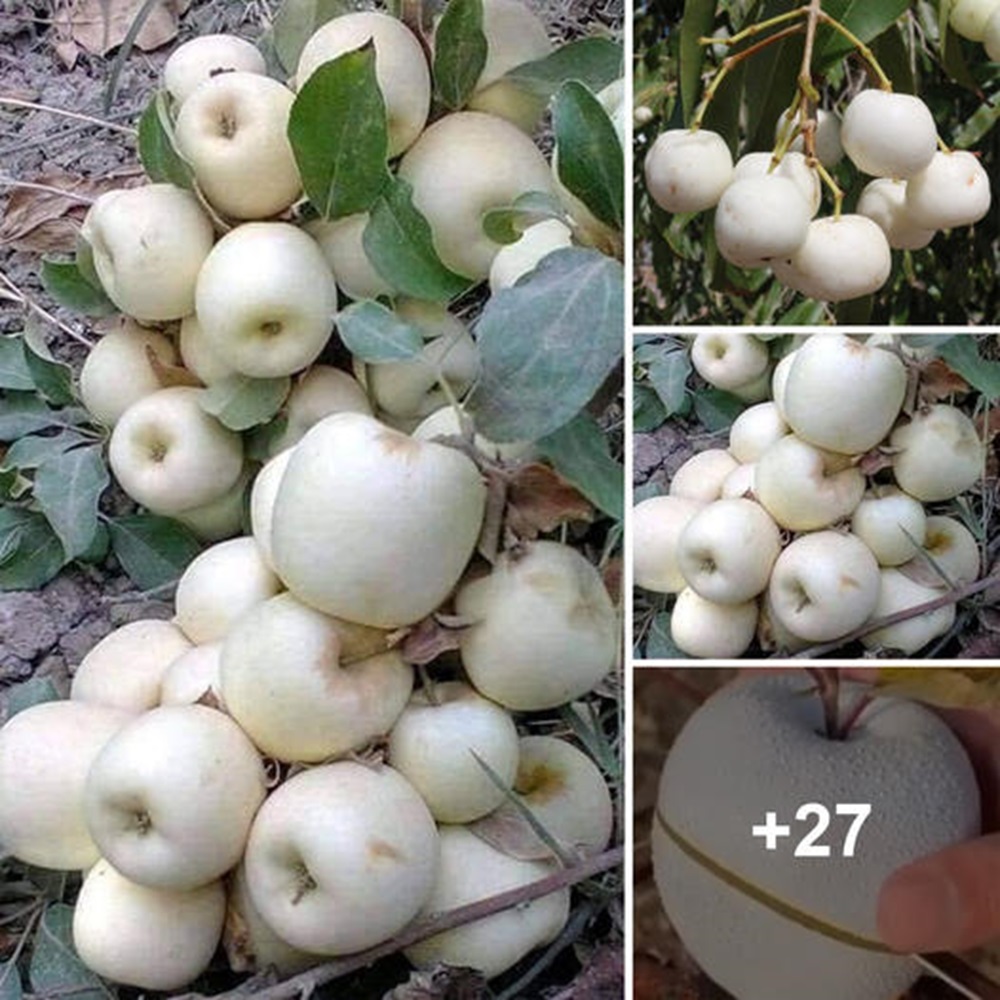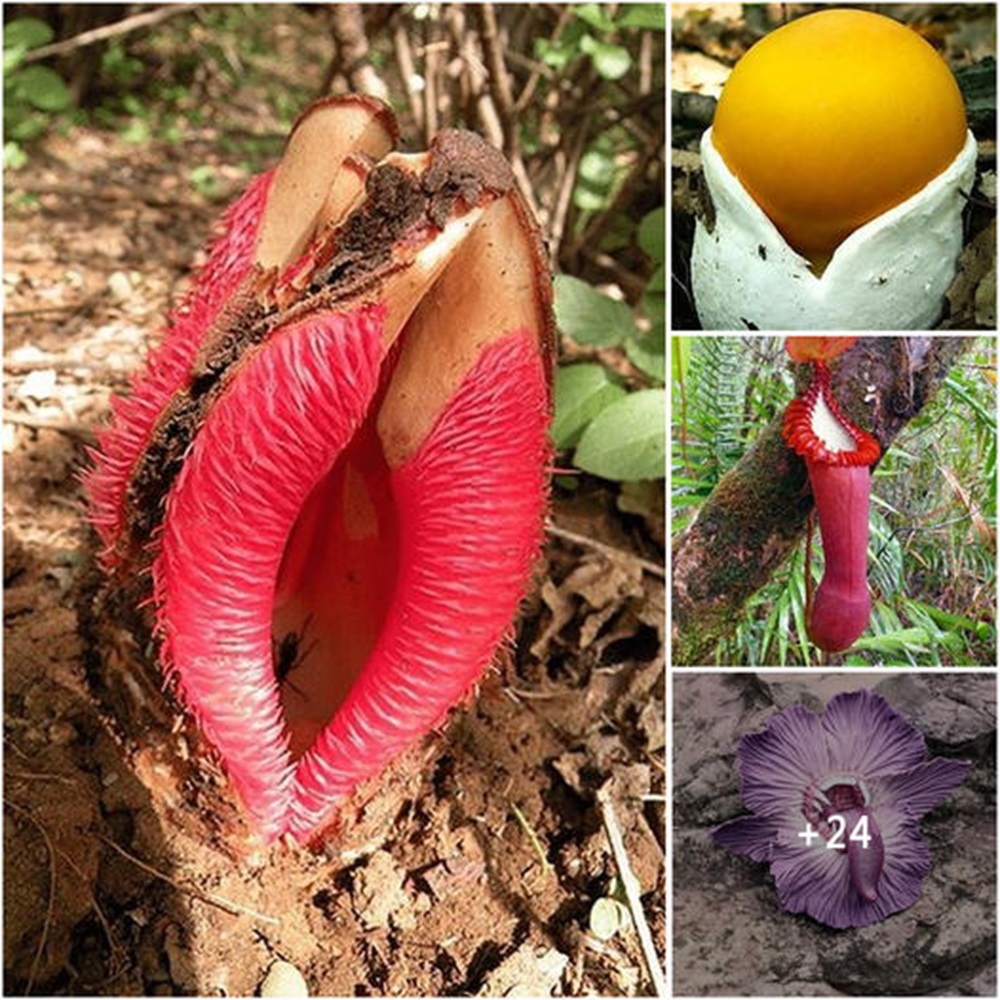Cassava, scientifically known as Manihot esculenta, is a widely cultivated root vegetable that holds a pivotal position in the diets of millions of individuals worldwide. This starchy tuber, known as “củ năng” in Vietnamese, originally hails from South America. Still, its reputation has transcended continents due to its versatility, nutritional significance, and remarkable adaptability to a wide range of environmental conditions.


One of the primary reasons behind cassava’s widespread appeal lies in its remarkable capacity to flourish in conditions that are less than ideal for other crops. Cassava exhibits resilience and can withstand drought, poor soil quality, and high temperatures, making it a vital source of sustenance in regions where many other crops struggle to thrive. This resilience has established cassava as a dependable staple crop and a lifeline for numerous communities, especially in sub-Saharan Africa, Asia, and various parts of the Americas.

Cassava tubers serve as an excellent carbohydrate source, offering a vital energy source for individuals in regions where food security is a concern. They are low in fat and protein but boast an abundance of dietary fiber, which supports healthy digestion and contributes to a well-rounded diet when paired with other nutrient-dense foods. Furthermore, cassava provides essential minerals such as calcium, phosphorus, and potassium, along with vitamins like vitamin C and folate.

Culinary-wise, cassava exhibits incredible versatility. It can be prepared in numerous ways to yield a diverse range of dishes. The tubers can be boiled, steamed, fried, or even ground into flour, enabling the creation of a variety of products. In many cultures, cassava is a fundamental ingredient for crafting traditional delicacies like cassava fries, cassava cakes, and cassava-based bread or tortillas. Cassava flour, also known as tapioca flour, is widely employed as a thickening agent in soups, stews, and desserts.

While cassava serves as a crucial food source, it’s important to note that proper processing is essential to eliminate potentially harmful compounds. Raw cassava naturally contains cyanide compounds, which can be toxic if consumed in significant quantities. However, processing methods such as peeling, soaking, fermenting, and thorough cooking effectively remove these toxins, ensuring the safety of cassava-based dishes.

Beyond its significance as a staple crop, cassava has also found applications in various industries such as animal feed, biofuel production, and the manufacturing of diverse products. The adaptability and versatility of cassava make it an appealing crop for sustainable development and economic growth in many regions.
In conclusion, cassava tubers are a globally significant staple crop, serving as a crucial source of nutrition and sustenance for millions of people worldwide. Their ability to thrive in challenging environments makes them a resilient crop, ensuring food security in regions where other crops struggle to grow. With its culinary versatility and various industrial applications, cassava continues to play a vital role in supporting communities and contributing to agricultural and economic development.





